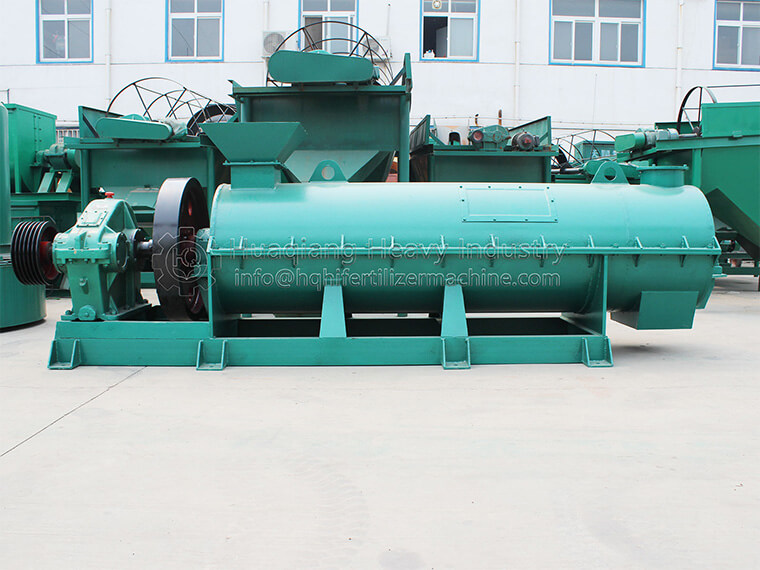The Fermentation Process and Characteristics of Cattle and Sheep Manure Track Dumping Machine
The scale of aquaculture farms in China is constantly expanding, and feces and sewage are not treated harmlessly. They are discharged or disposed of improperly, and are washed and washed by precipitation, polluting surface water, soil, and groundwater. The pollution of fecal wastewater to water and soil is mainly caused by organic pollutants and nitrogen and phosphorus nutrients. The urgent task is to use organic fertilizer equipment to address the source of pollution as soon as possible.
Most of the supporting power of the cow and sheep manure track fermentation tipping machine is between 22 and 150 horsepower, belonging to small and medium-sized tipping machines, which are relatively simple and convenient to operate. China is a major aquaculture country, producing a large amount of compost manure every year. Therefore, more and more farms are inclined to use composting to treat waste, which has also led to an increasing demand for compost fermentation tipping machines.
The cow and sheep manure track fermentation and tipping machine is used for the fermentation and tipping of organic waste such as livestock and poultry manure, sludge waste, sugar factory filter mud, residue cake, and straw sawdust. It has the function of crushing, saving time and labor, significantly improving the production efficiency and product quality of organic fertilizer plants, and reducing costs. Some auxiliary facilities can also be added, such as automatic sprinkling devices.
The characteristics of the cow and sheep manure track fermentation tipping machine:
1. The machine adopts a tracked design, which can move forward, reverse, and turn, and is controlled and driven by one person.
2. During driving, the entire vehicle rides on a pre stacked long strip pile, and the raw materials of the pile are mixed, fluffy, and moved by a rotating knife shaft hung under the frame. After passing by, the vehicle is tampered with into a new strip pile.
3. Operations can be carried out in open spaces or in workshop greenhouses.


.jpg)

.jpg)
.jpg)

.jpg)